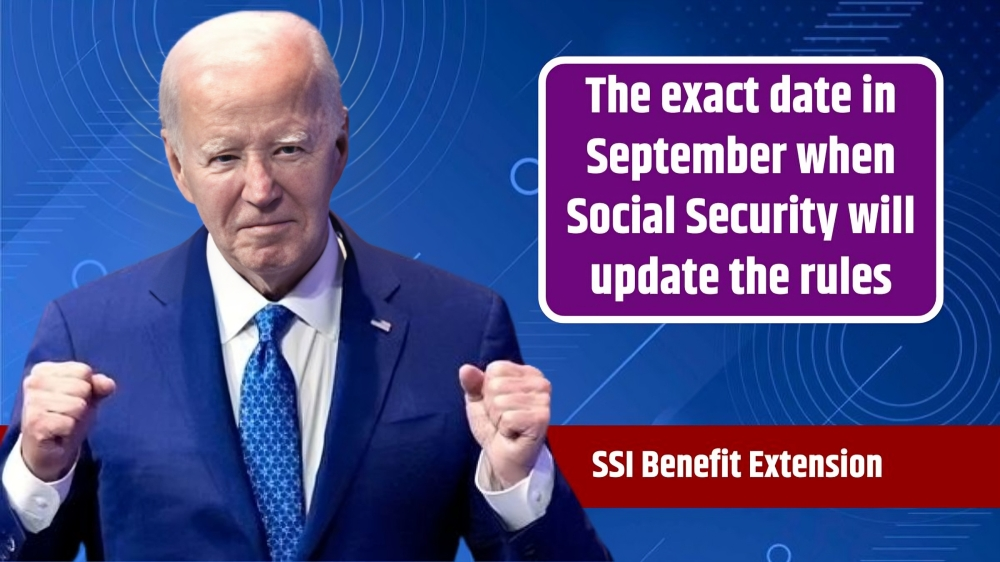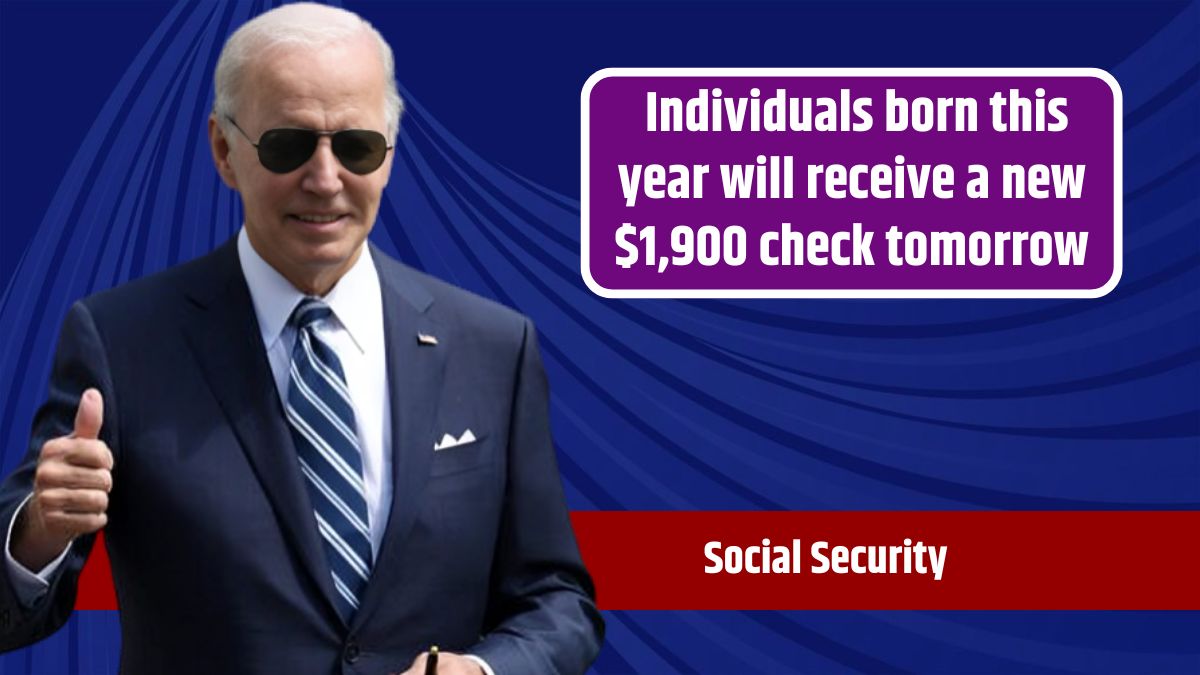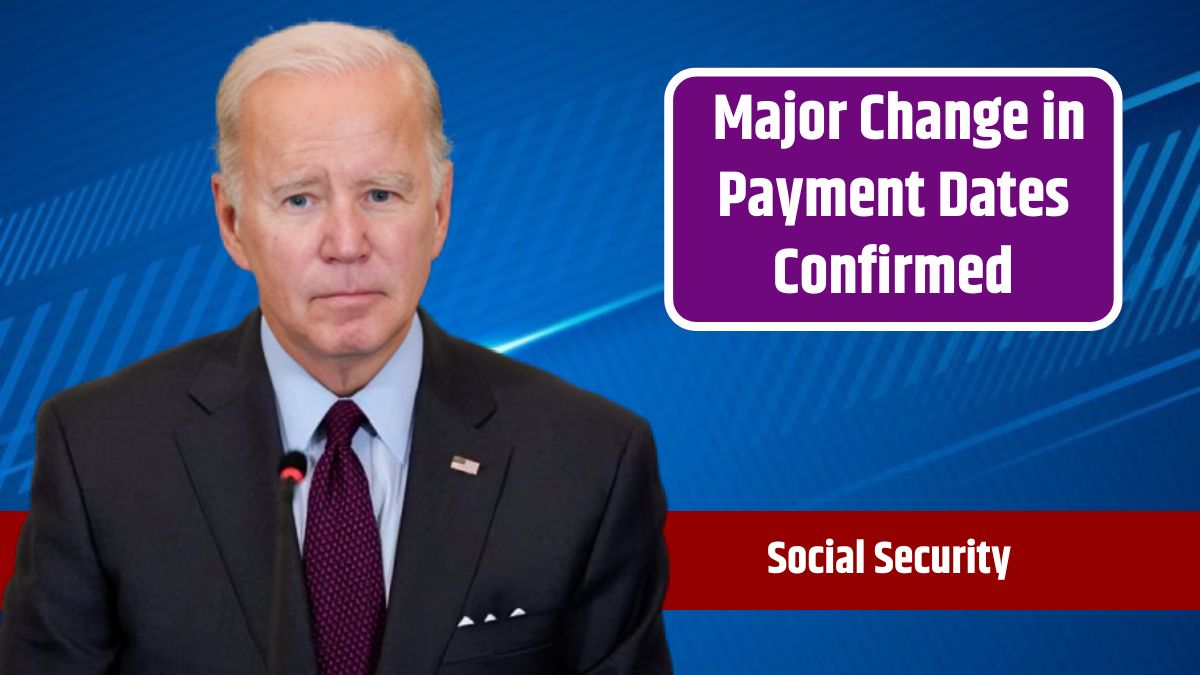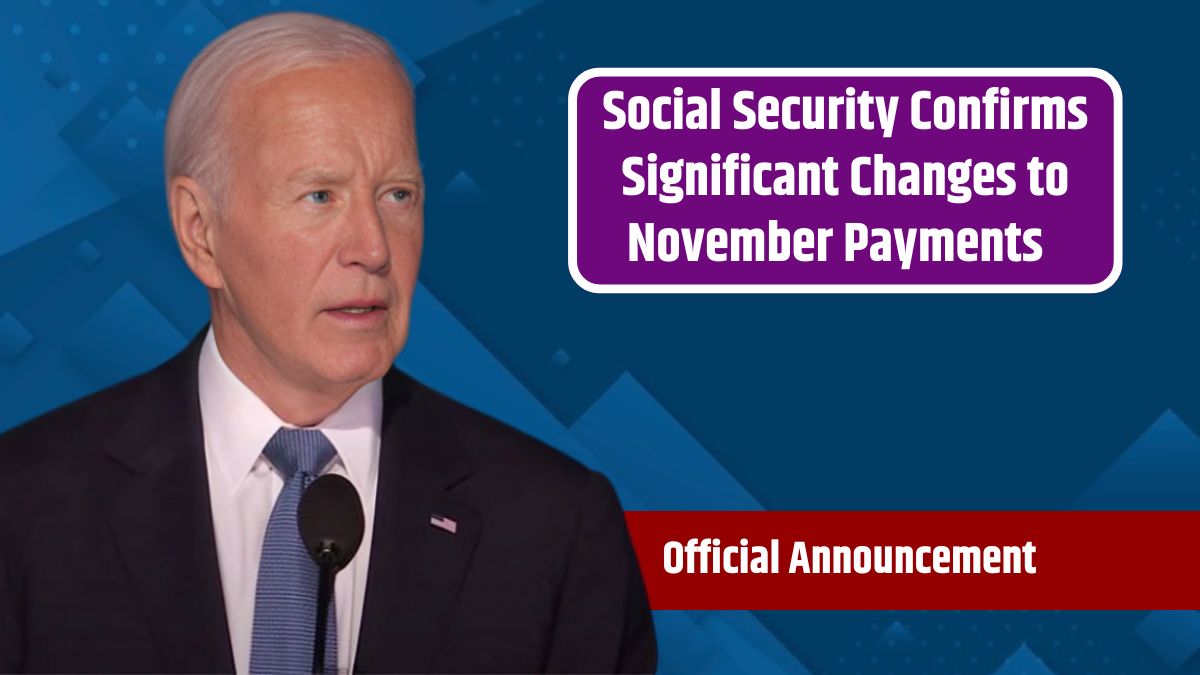The Social Security Administration (SSA) has recently rolled out changes that could lead to increased payments for some Supplemental Security Income (SSI) recipients across the United States. These changes stem from a modification in the eligibility criteria, specifically focused on how rental subsidies affect SSI benefits. This update, announced by the SSA, is set to make it less likely that receiving rental assistance will negatively impact an individual’s SSI eligibility or the amount they receive in benefits.
Policy
SSI is a critical program that provides monthly financial support to adults and children with disabilities or blindness, as well as to elderly adults aged 65 and older with limited income and resources. For many recipients, SSI is essential for covering basic living expenses, supplementing Old-Age, Survivors, and Disability Insurance (OASDI) payments, which often fall short of meeting the full cost of living—especially for those with disabilities who may face additional expenses.
As of January 2023, approximately 7.4 million individuals were receiving SSI benefits, with an average monthly payment of $654. These payments are crucial for maintaining the well-being of the nation’s most vulnerable populations.
Expansion
The SSA’s updated rental subsidy policy is a significant development in the administration’s efforts to enhance the SSI program’s accessibility and fairness. The policy has already been implemented in seven states—Connecticut, Illinois, Indiana, New York, Texas, Vermont, and Wisconsin—due to local judicial rulings. These early implementations have paved the way for a broader rollout, which will take effect nationwide on September 30 of this year, extending the changes to SSI recipients in all 50 states.
While the new policy will not increase the SSA’s maximum monthly payment for 2024, which remains at $943, it does have the potential to increase the amounts received by many current SSI beneficiaries who do not already qualify for the maximum payment. Moreover, the policy could expand eligibility, allowing more individuals to qualify for these essential benefits. This expansion is crucial, as it could mean greater financial security for those who need it most.
Simplification
In a press release issued on April 17, SSA Commissioner Martin O’Malley underscored the importance of this policy change. He stated, “Our mission is to continue to help people access crucial benefits, including SSI. Simplifying and expanding our rental subsidy policy nationwide is another common-sense solution that will improve program equality and will reduce agency time spent calculating and administering rental subsidy.”
This change is part of a broader effort by the SSA to simplify and improve the SSI program. Earlier this year, in February, the SSA announced that it would no longer include food in its In-Kind Support and Maintenance (ISM) calculations. Previously, ISM included any informal food assistance an SSI applicant or recipient received from friends, family, or community networks. By removing food from ISM calculations, the SSA aimed to reduce the burden of reporting requirements, minimize fluctuations in payment amounts, and decrease payment errors, which have been a growing concern for many recipients.
These policy revisions reflect the SSA’s ongoing commitment to improving the efficiency and fairness of the SSI program. By addressing factors that affect eligibility and payment amounts, the SSA is working to better serve those who rely on SSI benefits to meet their basic needs.
Outlook
While the rental subsidy change does not increase the maximum benefit amount, it represents a significant step toward expanding access to SSI and ensuring that recipients receive the appropriate level of support. This change is particularly meaningful for individuals who receive rental assistance but might otherwise see their SSI benefits reduced as a result. By making it easier for these individuals to maintain their benefits, the SSA is helping to create a more equitable and sustainable support system.
For SSI recipients and their families, these changes offer a glimmer of hope for more stable and reliable financial assistance. As the SSA continues to refine its policies, recipients can expect further improvements in how their benefits are calculated and distributed, ultimately leading to a more accessible and supportive program.
FAQs
How does the new rental subsidy policy affect SSI benefits?
It reduces the impact of rental assistance on SSI eligibility and payments.
When will the rental subsidy policy take effect nationwide?
The policy will be applied across all 50 states on September 30, 2024.
What is the maximum SSI payment for 2024?
The maximum monthly payment remains at $943.
Will the rental subsidy policy increase the number of SSI recipients?
Yes, it may expand eligibility, allowing more people to qualify for benefits.
Why did the SSA remove food from ISM calculations?
To reduce reporting burdens, payment fluctuations, and errors.









